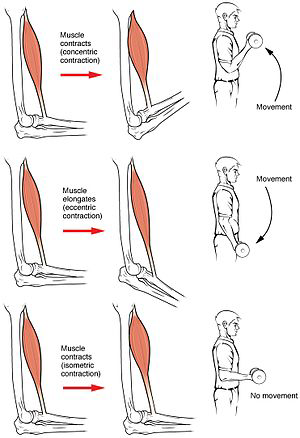

tendons, ligaments, nerves, blood vessels etc.Ī tendon is a contractile tissue that connects muscle to bone. This leads to abnormal translation or movement of the humeral head during shoulder movement causing the humeral head to “impinge” on or irritate other structures within the glenohumeral joint i.e. Rotator cuff impingement occurs when the rotator cuff tendons fail to depress the humeral head and compress it into the glenoid fossa. Rotator cuff impingement is not a diagnosis but rather a secondary symptom related to rotator cuff tears/tendinopathies. Both of these pathologies usually get characterized under the term Rotator Cuff Dysfunction and present with similar symptoms related to Rotator Cuff Impingement. The main pathologies involving the rotator cuff muscles are Rotator Cuff Tendinopathy and Rotator Cuff Tears (degenerative and acute). Movement of the shoulder is performed predominantly by the bigger stronger muscles of the shoulder (deltoids, pec minor/major, lats, trapezius, biceps etc.). It is important to note that although the rotator cuff muscles play an important role in shoulder movement, they are not the primary movers of the shoulder. If not treated properly, a shoulder dislocation can lead to ongoing laxity of the ligaments and poor proprioception resulting in chronic instability and recurrent shoulder dislocations.Īs discussed above, the main goals of the rotator cuff muscles are to centre/compress the head of the humerus in the glenoid fossa, depress the humeral head in the glenohumeral joint and assist in movement of the shoulder. The main source of injury to the glenohumeral ligaments comes from trauma aka subluxation/dislocation of the shoulder. These ligaments also play a vital role in shoulder proprioception (the body’s ability to perceive its own position in space). The generalized function of these ligaments is to provide passive restraint to limit extremes of motion, provide stability of the humeral head in the glenoid and guide the position of the shoulder during movement. Glenohumeral ligaments add further stability to the glenohumeral joint. Stability of the shoulder can be significantly compromised if there is an injury to either the labrum (tear/avulsion) or glenoid fossa (fracture- Hill-Sachs/Bankart lesion / degenerative changes- osteoarthritis). The glenoid labrum is a fibrocartilaginous tissue that deepens the glenoid fossa by 50% and contributes to the control of humeral head translation. To make up for this relative lack of boney stability the glenohumeral joint receives additional stability from soft tissue structures including the glenohumeral labrum, glenohumeral ligaments and rotator cuff muscles.

You can think of this relationship similar to a golf ball sitting on a golf tee. The glenoid fossa is only ¼ the size of the head of the humerus, which allows for an incredible amount of mobility but a relative lack of boney stability (compared to the hip joint). It is the articulation between the glenoid and humerus where the glenohumeral joint derives its name. The glenohumeral joint (shoulder joint) is comprised of the scapula and humerus or more specifically the glenoid fossa of the scapula (small, pear shaped) and the humeral head (spherical, large). The combination of all these factors lead to a unique pain presentation requiring an individualized treatment approach. This can be further complicated by secondary adaptative strategies that have been developed over time as well and psychosocial factors such as past negative experiences and poor expectations of recovery. Factors such as past and current athletic/occupational demands as well as the duration, intensity, and frequency of symptoms can all contribute to the individuals pain complaint. Although RCD is quite common, it will present differently with each individual. Symptoms such as those above are consistent with Rotator Cuff Dysfunction (RCD), which is one of the most common musculoskeletal injuries involving the shoulder. Written by: Blake Scott, MPhty, BA (Kin, Hons), Registered Physiotherapistĭo you experience pain with throwing or swinging a racquet overhead? What about simple tasks such as bringing your arm through a jacket or reaching behind your back to do up a bra strap? Do you wake up in the night or have difficulty getting to sleep due to throbbing pain in your shoulder?


 0 kommentar(er)
0 kommentar(er)
